“Your garden reminds me of an English cottage garden.”
A student’s mother had stopped to chat as she dropped off her child for piano lesson.
“So pretty, colorful, and full of life. Just like you.”
Also disorganized and random, I thought to myself — before thanking her for the compliment. I guess that’s the appeal of the cottage garden. You make it up as you go, add a little bit of this and a little bit of that, and see what happens. I’m that kind of person. I don’t like evenly spaced marigolds, or well-trimmed and strategically placed rose bushes.
For me, a garden is a splash of color and a whole lot of fun. The pollinators love it, too. Living creatures don’t need order in all things (I certainly don’t). So my garden leans toward rugged appeal, the romance of color, and a blend of all that Mother Nature has to offer. Sometimes it works and sometimes it doesn’t. Now retired and living in the country, I have cottage gardens sporadically placed all around my yard. Peonies and poppies, irises and columbine, sunflowers and hostas — they work well together and the result is spectacular, even if it isn’t organized.
If I see a bare spot, I fill it and wait to see what happens. That’s my cottage garden experience.
Identifying a Cottage Garden
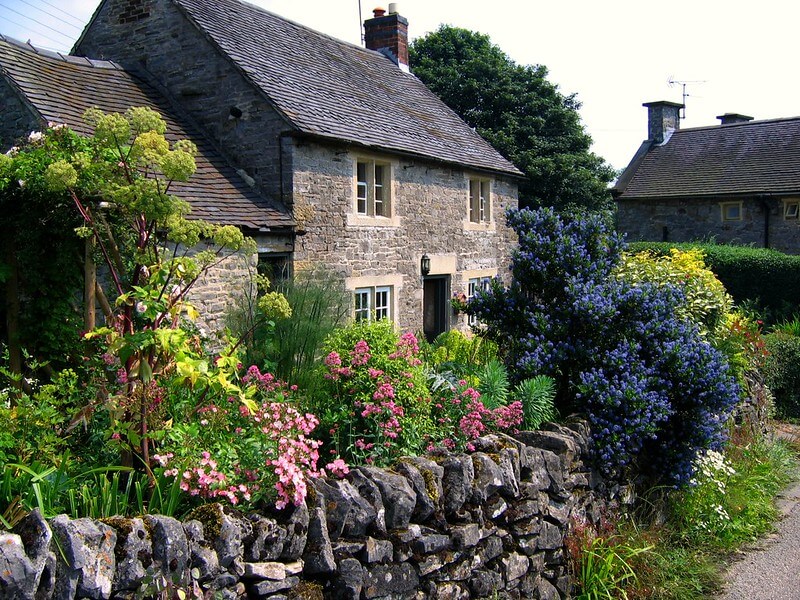
What is a cottage garden? It’s often compared to an English country garden, but the cottage garden is a unique and deeply personal garden design that is rather informal (there really isn’t a design at all). It uses traditional materials to accentuate the garden space (like my borders of fallen branches), dense plantings (all my flowers appear crowded and thick), and here’s the clincher: a mix of ornamental and edible plants. Consider ornamental plants like hosta, which are also edible, add a few herbs to the mix (mints detract squirrels and chipmunks, which is a good thing), and you have the grace and charm of a cottage garden. One (I believe) outranks the more formal grandeur of an organized garden.
Background and History of the Cottage Garden
Cottage gardens have long been the preferred garden plot among the working class. Daily laborers working long hours and often residing in rented rowhouses, didn’t really have the time or energy to care for growing pretty flowers. What little land they had was used to grow much needed food for the family and herbs to treat injuries and diseases. These early cottage gardens consisted of vegetables, herbs, and sometimes fruit, along with a few flowers to deter harmful insect infestations. The flowers would often be an edible kind which could be used to add flavor to soups and stews or for medicinal purposes.
These cottage gardens grew in popularity and by the end of the 18th century, the upper classes were looking at the benefits and beauty of the rustic cottage garden. As the upper classes started dreaming of a more back-to-nature way of living, they developed and created their own version of the cottage garden — mostly filled with flowers of all colors and description. Perhaps the epitome of the cottage garden design can be seen in the gardens of the famous Impressionist Claude Monet (1840-1926) at his country home in Giverny France. His gardens were works of art and became lasting influences in his dramatic and monumental paintings of brilliant light and color. Indeed, Monet’s works romanticized the aura of the cottage garden setting.
What to Grow in a Cottage Garden
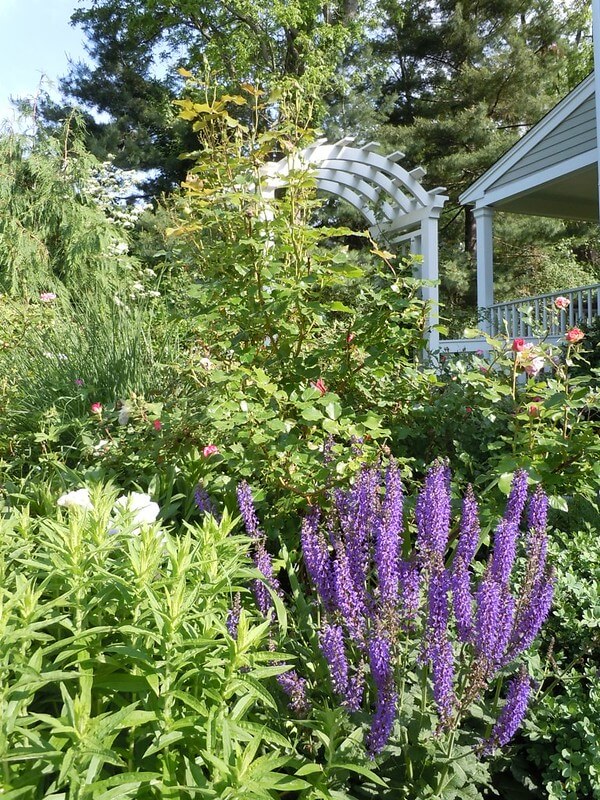
Anything and everything! Whatever suits your geographic location, the soil in your yard, the amount of precipitation your garden will enjoy, and the quality and quantity of sunlight. All of these are necessary things to consider for any garden setting.
When I moved to the country 10 years ago, there were several garden areas already established on the property. One garden was full of hostas, peonies, outhouse flowers, creeping wild thyme, and lily of the valley. There were some bare spots because the previous owners took their favorites when they moved. I filled the spaces with irises, columbine, and more peonies. Another garden had a couple of flowering shrubs, and nothing else. I filled it with balloon flowers, sunflowers, dark eyed susans, and more iris.
A third garden was filled with wild violets, bee balms, delphinium, and columbine. I made sure there were spring bulbs: tulips, daffodils, snowdrops, and hyacinths. Every garden was a mixed combination of flowers with the intent to ensure color (other than the many shades of green) for all parts of the growing season.
Unlike many cottage gardens, I don’t insert edibles like lettuce and herbs (although I do have mint growing here and there). The reason for this decision is I have to consider the deer, foxes, and wild turkeys — not to mention the chipmunks — who like to help themselves and devour anything edible. My hostas have often suffered that fate, but being a sturdy plant, they always come back the following summer.
Cottage Garden Borders
As for borders, my preference is what’s readily available. Tree branches that litter the property after wind storms (we have plenty of those and there are only so many branches one can collect for woodstove kindling), logs and stumps from fallen trees, and large rocks (which I’m forever digging up when excavating a new garden area). Some cottage gardens are bordered with picket or lattice fences. I find this too organized for my random, rustic cottage garden. But they do make great support structures for climbing vines like clematis, wisteria, and roses.
Cottage Garden Soil Care
Since the cottage garden is typically packed tight with all kinds of plants, it’s important to make sure the soil is kept moist and healthy. In the spring when bulbs are starting to poke their heads through the soil, I clean up the previous year’s leaves and garden refuse, gently rake around the garden space, and add fresh soil and peat moss as needed. I don’t do this to every garden every year as that isn’t necessary, but a good layer of fresh soil will encourage the cramped garden space to produce its luscious, colorful display. I sprinkle compost from my bin at least once a year, and I regular discard used tea leaves and coffee grounds in various garden spaces. Every little bit helps ensure healthy soil.
Garden Ornaments to Add a Personal Touch
When family asks what I want for my birthday or Mother’s Day, I always answer “Something for the garden.” I love to randomly place various garden ornaments, decorative clay pots, unusually shaped rocks, and anything else that’s weatherproofed for outside use. Once again, there doesn’t have to be a set place for every ornament. I have to admit, I move mine frequently, depending on how the mood strikes.
If you really want to go rustic, display an old wheelbarrow — which you could use as a planter for ground cover or small plants like nasturtiums or impatiens. I have a fallen tree trunk that I’ve hollowed out to use as a planter. The wood is slowly rotting and sprouting all manner of fascinating fungi, but the nasturtiums weave their colorful magic through cracks in the decaying seams, making a uniquely colorful display.
The important thing to remember with a cottage garden is there are no rules. That’s why it appeals to me and my abstract artistry. As long as the setting is good for the plants you choose, that’s really all that matters. Anything goes. What you want and envision creates a personal statement with your cottage garden. Be creative and enjoy!



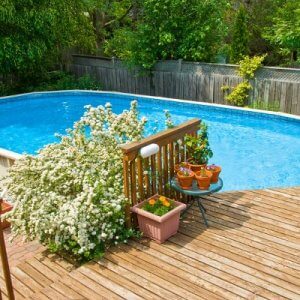
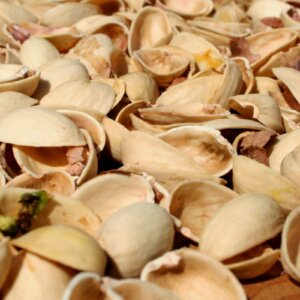

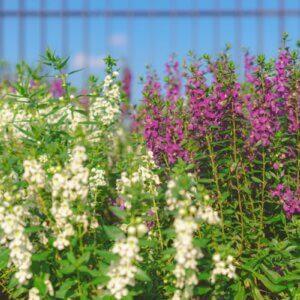
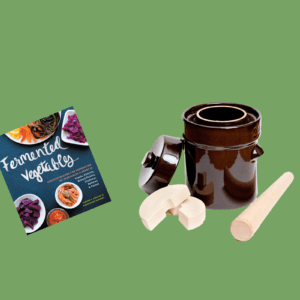

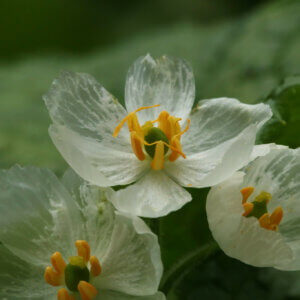
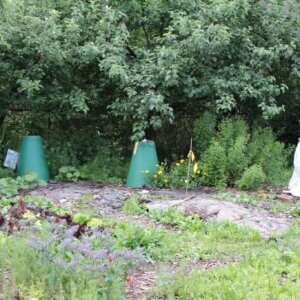
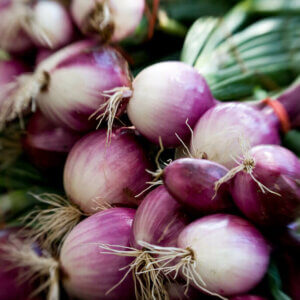

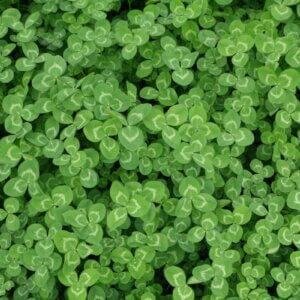
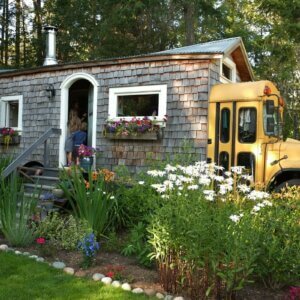


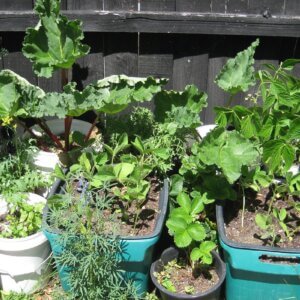
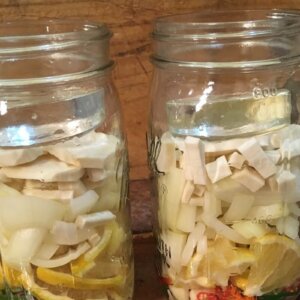
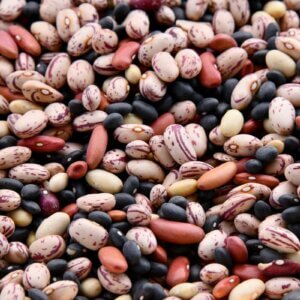
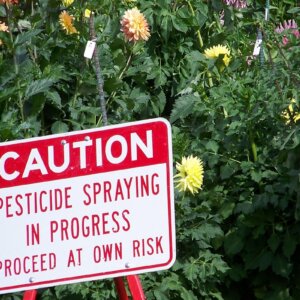
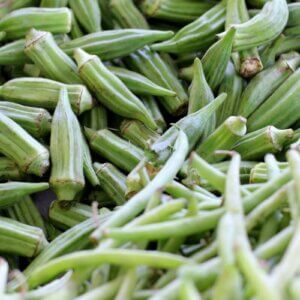

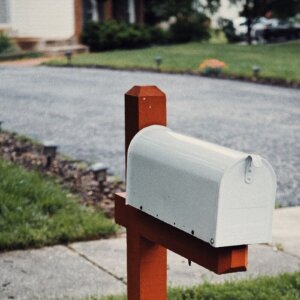
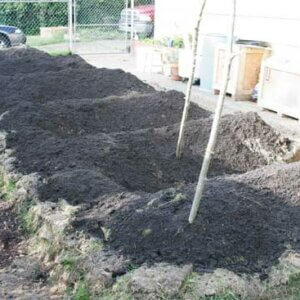

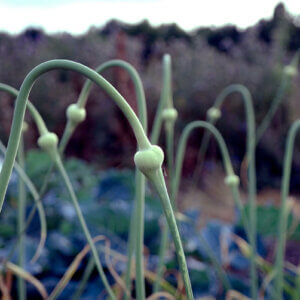

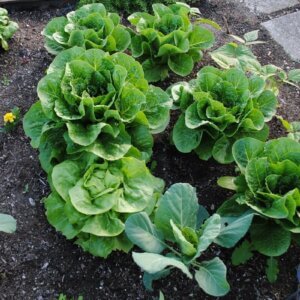


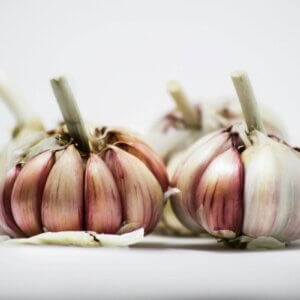



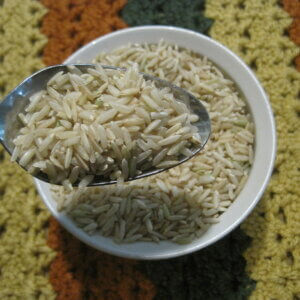
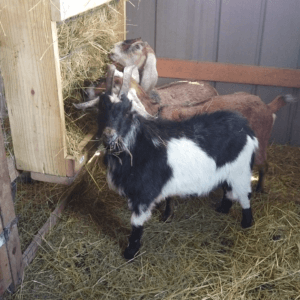
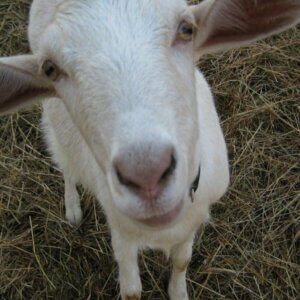

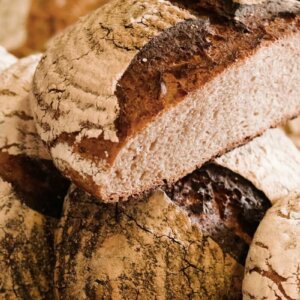
Leave a Reply